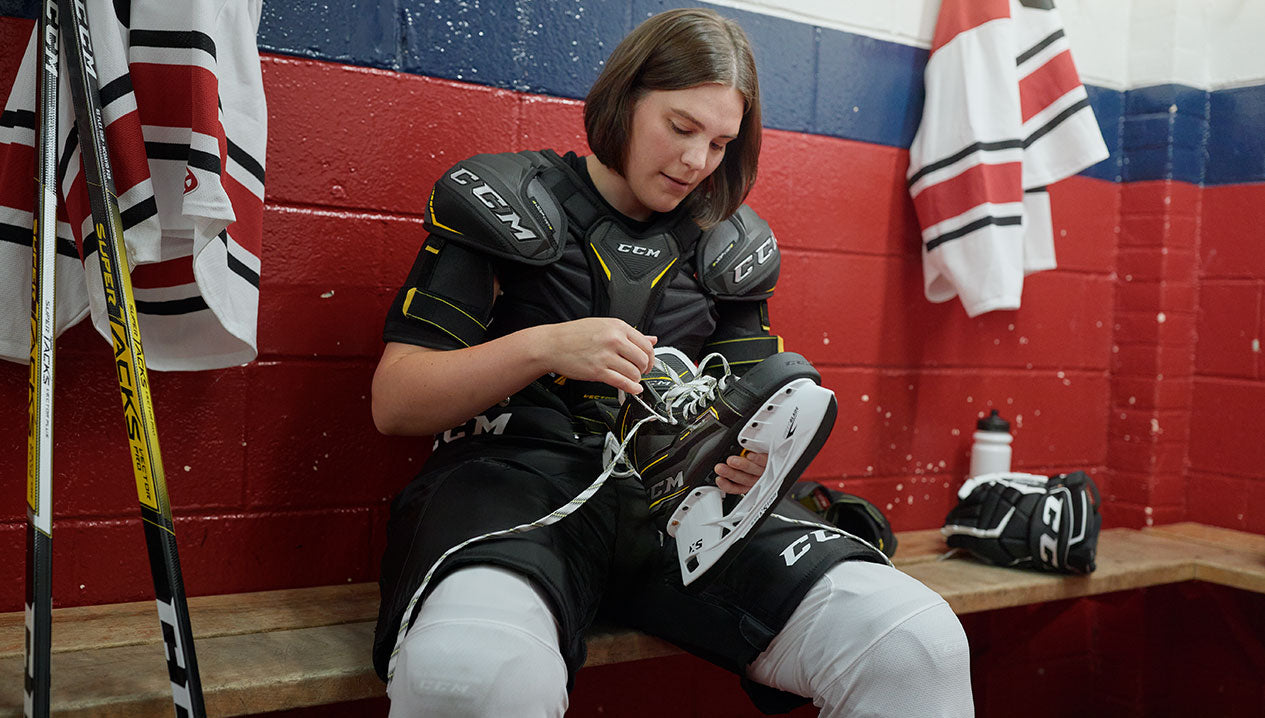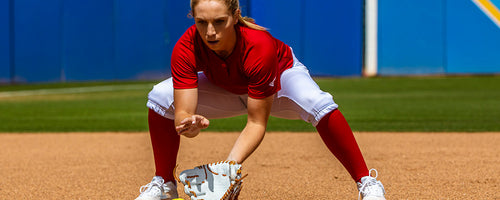How to Choose a Baseball Helmet

Baseball helmet technology has improved drastically over the last decade. The old days of collapsible “one size fits most” helmets are gone. Seeing players run with a shared team helmet parachuting behind their head is a perfect reminder that if it doesn’t fit, it doesn’t protect.
The National Operating Committee on Standards for Athletic Equipment (NOCSAE) is the worldwide safety standard for batting helmets. Testing involves creating a 70 mph impact on different areas of the helmet using both larger softballs, and baseballs. Manufacturers have created highly protective helmets to meet these standards.
New materials include polycarbonate shells that are very durable and can withstand impacts, and dense foam linings that absorb hits and also help the helmet comfort-form to the head. Protection is not only on the bill and sides of the helmet, but the back is also reinforced to protect from those inside pitches when the natural defensive movement is to turn your back to the pitch, which leaves the back of the head vulnerable.
The helmet should be placed on the head and pushed down into position. There should be about a finger width between the eyebrows and the bill of the helmet, and the bill should sit evenly, neither tilting forward or back, nor side-to-side. In Canada, all players under the age of 16 years old must use a chin strap. The chin strap must be done up snugly, securing the helmet to the head, allowing for no movement.
Most manufacturers will carry Junior, Adult, League, and some Pro helmet models, that are available in different finishes.

For expert advice on baseball gear and equipment that is right for your game, level of play, and budget, come see us at your local Source for Sports baseball store near you. We Fit Your Game.
Join Source Nation to get the latest news on product launches, Source Exclusive product lines, tips and tricks for parents and players, and more!



